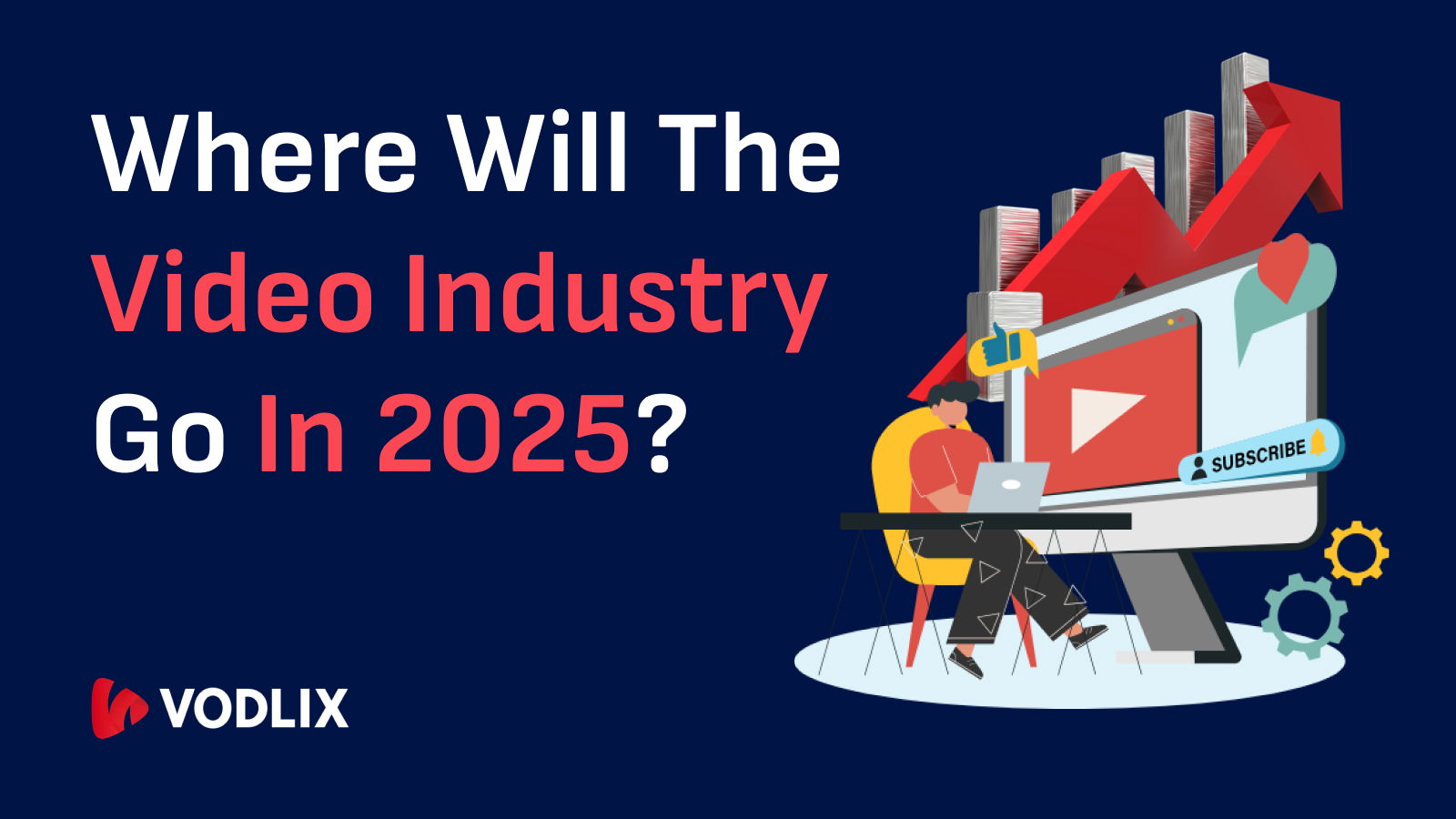The video industry is at a transformative juncture, with rapid advancements in technology and shifting consumer behaviors redefining how content is created, distributed, and consumed. As we step into 2025, here are the trends and innovations shaping the future of the video landscape.
Artificial intelligence is streamlining video production by automating tasks such as editing, color correction, and even scriptwriting. AI tools are enabling creators to produce high-quality videos faster and at lower costs. For instance:
Automated Editing: AI software can analyze raw footage and create polished videos by identifying key moments and aligning transitions.
Personalized Content Creation: AI-driven analytics can help craft videos tailored to individual viewer preferences, enhancing engagement.
Key Stats:
By 2025, 80% of video production workflows are expected to incorporate AI tools, drastically reducing production time.
AI-driven personalization increases viewer retention by 45%, according to industry studies.
Interactive videos and immersive technologies like augmented reality (AR) and virtual reality (VR) are reshaping audience engagement. These formats invite viewers to become active participants rather than passive observers.
Shoppable Videos: E-commerce integrations in video content allow viewers to purchase products directly.
AR/VR Experiences: Brands are leveraging AR/VR to create immersive marketing campaigns and storytelling experiences.
Key Stats:
The transition from traditional TV to streaming platforms continues to accelerate. By 2025, video-on-demand (VOD) services are expected to dominate the entertainment sector, with trends such as:
Key Stats:
The rollout of 5G networks and advancements in edge computing are revolutionizing content delivery. These technologies enable faster, smoother streaming experiences, even in high-definition formats.
Ultra-HD Streaming: 5G ensures minimal buffering and latency, making 4K and 8K streaming the norm.
Real-Time Interactivity: Enhanced connectivity supports live streaming and interactive features in real time.
Key Stats:
By 2025, 5G will cover 60% of the global population, enabling ultra-fast streaming experiences.
Edge computing reduces latency by up to 70%, enhancing viewer satisfaction.
Platforms like TikTok, YouTube, and Instagram have empowered users to create and share content, blurring the lines between creators and consumers. By 2025:
Short-Form Videos: Bite-sized content will remain dominant, catering to shrinking attention spans.
Monetization Opportunities: Enhanced monetization tools will attract more creators to join the UGC ecosystem.
Key Stats:
Over-the-top (OTT) platforms are pushing the boundaries of innovation to stay competitive. Key developments include:
AI-Driven Recommendations: Personalized algorithms will refine content suggestions, boosting viewer retention.
Hybrid Monetization Models: Combining subscription, ad-supported, and pay-per-view options to maximize revenue.
Key Stats:
As environmental concerns grow, the video industry is adopting sustainable practices. By 2025:
Remote Production: Virtual collaboration tools reduce the need for on-site production, cutting down carbon footprints.
Eco-Friendly Studios: Investments in energy-efficient equipment and renewable energy sources will become standard.
Key Stats:
Blockchain technology is revolutionizing content ownership and distribution. It provides a secure, transparent way to manage intellectual property rights and royalties.
Key Stats:
The video industry is expanding into new regions, bringing fresh opportunities and challenges:
Localized Content: Platforms will focus on creating region-specific content to attract diverse audiences.
Affordable Access: Partnerships with telecom providers will help reduce subscription costs in developing markets.
Key Stats:
Data-driven insights are becoming essential for content strategy:
Key Stats:
As technology advances, ethical considerations are gaining importance:
Key Stats:
The video industry in 2025 will be defined by innovation, personalization, and accessibility. From AI-powered tools to immersive experiences and sustainable practices, these trends will continue to reshape the way we create, consume, and interact with video content. Staying ahead of these developments will be crucial for businesses and creators to thrive in this ever-evolving landscape.






